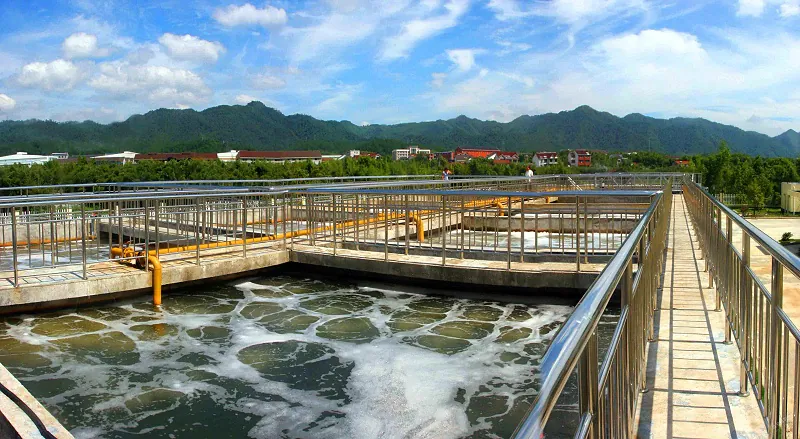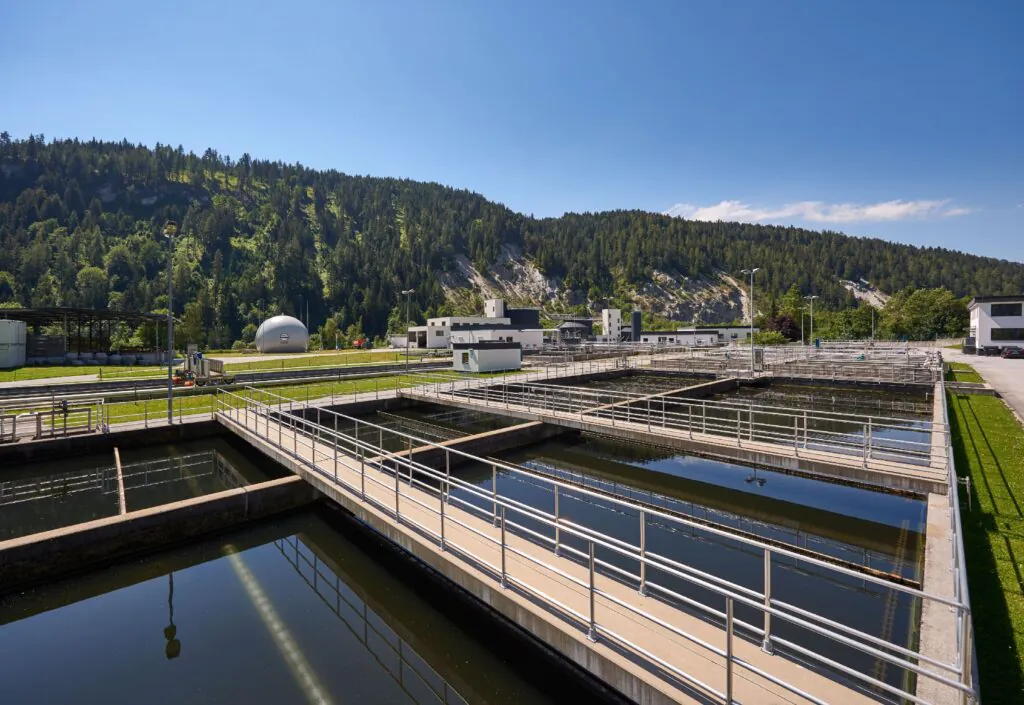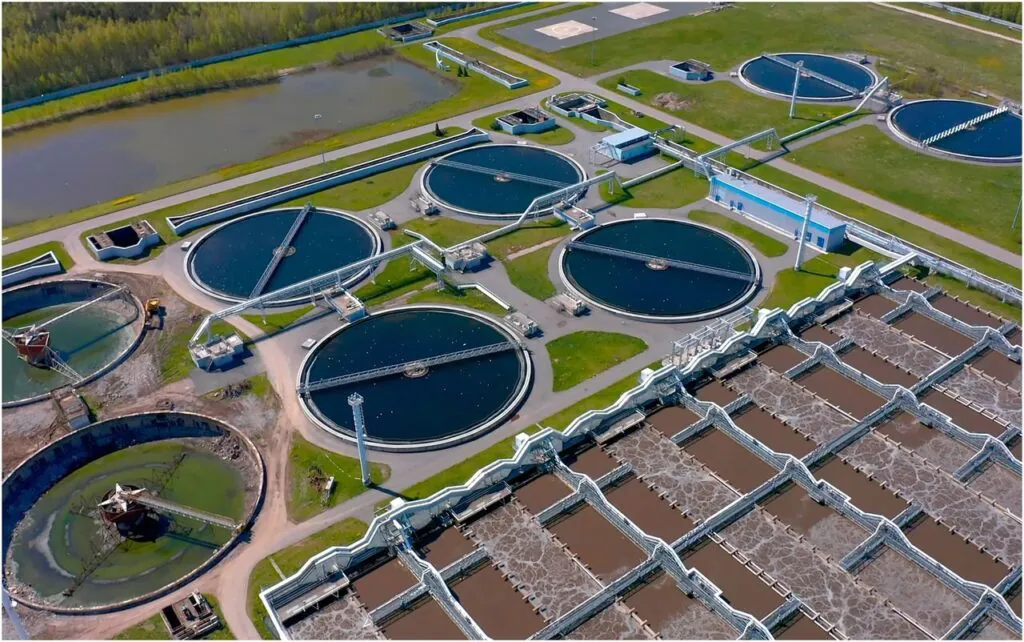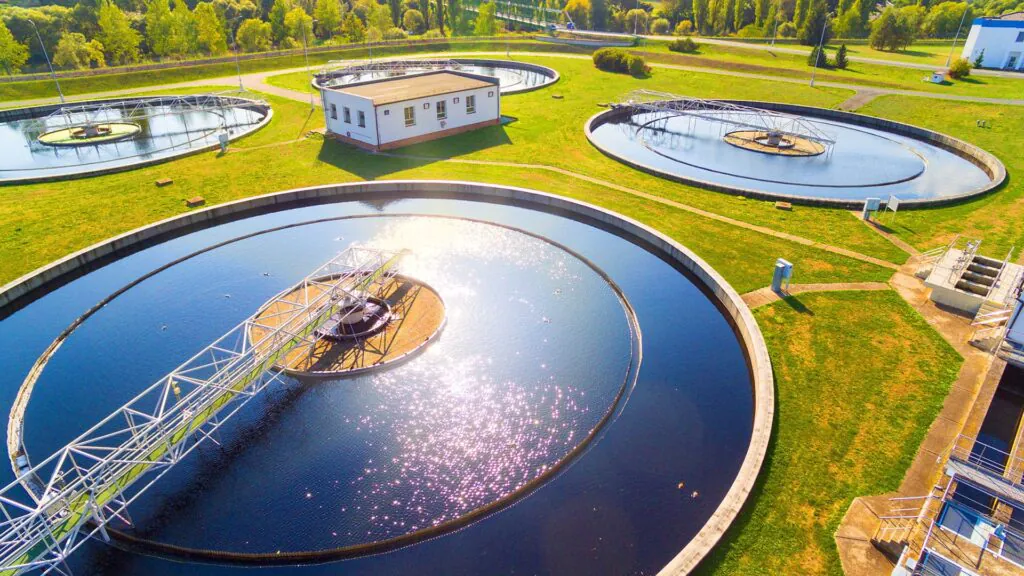Introduction
With the development of the world, people pay more and more attention to environmental protection. The discharge standards of sewage are also getting higher and higher, and the sewage treatment industry is also facing greater challenges.
Polyacrylamide has gradually become the darling of the sewage treatment industry.
How amazing is it?
Through today’s article, you will have an in-depth knowledge and understanding of polyacrylamide.
What is Polyacrylamide?
PAM is an important water-soluble polymer, and has flocculation, thickening, shear, resistance reduction, dispersion and other properties. These properties vary with the ion of the derivative. Therefore, it is widely used in oil extraction, mineral processing, coal washing, metallurgy, chemical industry, paper making, textile, sugar making, medicine, environmental protection, building materials, agricultural production and other departments, known as “all industry additives”.


Polyacrylamide comes in three primary forms:
Anionic PAM: Anionic PAM is generally used to treat inorganic sewage, and its application fields include: salt making, sugar making, coating production, industrial wastewater treatment, drinking water treatment, petroleum exploitation, iron and steel industry, copper mining, hydrogenation process, pulp and paper, coal washing, textile, etc.
Cationic PAM: Anionic PAM is generally used to treat organic sewage, and its application fields include: pharmaceutical wastewater treatment, brewing industry, tanning, oil refining, industrial wastewater treatment, urban wastewater treatment, drinking water treatment, copper mining, pulp and paper, titanium dioxide industry, dairy production, etc.
Nonionic PAM: Non-ions are also counted as anions, which we will not discuss in detail here.
Cases: Qinyang second sewage treatment plant, how to use polyacrylamide for sewage treatment?
1. Grid interception: The industrial sewage collected together is first intercepted and filtered with a grid, so as to eliminate some of the larger garbage or waste.
2. Sand sedimentation tank: The sewage filtered by the grid is initially precipitated through the sand sedimentation tank, some impurities in the sewage are precipitated here, and the rest of the sewage is processed in the next step.
3. Biological treatment: Biological treatment of sewage after initial precipitation, adding some chemicals such as algaecide to kill some microorganisms in industrial sewage.
4. Second precipitation: the sewage after biological treatment enters the sedimentation tank again for secondary precipitation, and some reactants after reacting with organisms can be excluded at this time.
5. Coagulation and precipitation: After the first four steps, the industrial sewage at this time has almost no large pieces of waste and more microorganisms. At this time, according to the type of sewage, add an appropriate amount of PAM agents to react to these sewage. After the PAM agent is added, it will quickly react with the sewage, flocculate the impurities, mud and sand suspended in the sewage, and the weight of the flocculant will be increased, so as to precipitate in the sewage.
6. Filtration: Filter the flocculent clumps generated by PAM reaction.
7. Disinfection: Disinfect the filtered water.
8. Get out of the water
9. Sedimentation tank treatment: the sludge sand and impurities deposited in the two sedimentation tanks are gathered together, the PAM is added to react on it, and the flocculation precipitation is carried out again. The sludge flocculation group generated after the reaction is discharged into the belt filter press, pressed into mud cake, and sent to the outside by truck for incineration or landfill.


Why is polyacrylamide so effective for industrial wastewater treatment?
1. Efficient flocculation
PAM is also known as flocculant, because of its polymer cohesion, after the reaction with the impurities in the water, even small suspended particles will be only adsorbed by it, and eventually condensed into a large flocculent group, so that it can be easily removed, make the sewage transparent, improve the water quality.
2. Efficient sludge dewatering
Ordinary filtration of sewage may not be a difficult thing, but it is a big project to make the sludge produce cement separation. PAM can easily solve this problem, only need to add an appropriate amount of PAM agents in the sludge, so that it fully reacts, you can separate the cement, this time the water will be discharged, the remaining mud can be extruded into the mud cake with the machine. In this way, less sludge is produced, and the cost is reduced compared to simply treating the sludge with a machine.
According to one of our customers, a water treatment line using PAM directly reduces the amount of sludge by 40%, which means lower transportation and treatment costs as well.
3. Reduce the cost of other drugs
PAM is strongly hydrophilic, so it will react efficiently with sewage, and the water treatment effect is naturally very good, which can also reduce the use of other water treatment products of the same type, and further reduce the cost of water treatment.


Success Stories
The second sewage treatment plant of Qinyang City has purchased PAM from our company for sewage treatment in their factory.
According to the type of sewage they have, we have developed a suitable use plan for them. The effect after treatment was really remarkable: not only did they improve the water quality by 20%, but the cost of water treatment was also greatly saved.
Better water treatment results have made them a big name in the industry, not only no longer have environmental concerns, but also attract more customers to cooperate with them and expand the business segment.


In summary, the use of polyacrylamide can bring the following benefits to the enterprise:
1. Cost saving: The price of polyacrylamide is not high, the use of PAM can reduce the difficulty of water treatment equipment, to a certain extent, can save the cost of water treatment.
2. Improve water quality: the water treatment effect of PAM is very significant, and the use of it for sewage treatment can have a much better effect than the single use of equipment for water treatment.
3. Protect the environment: The use of PAM can make industrial sewage be treated within the standard, so as to achieve the recycling of water, and play a certain role in the protection of the earth and nature.
Conclusion
Polyacrylamide is not only a water treatment chemical, but also in line with the current concept of environmental protection of sewage treatment “sacred”, the use of PAM can not only reduce the cost of sewage treatment, improve the quality of water after treatment, but also to achieve environmental sustainable development, is simply the best of both worlds.
If you haven’t started using polyacrylamide, you can try it.
If you don’t know how to use it, how much to use, and which treatment works best, don’t worry! Contact us directly and we will provide you with the best solution and the most sincere service.
